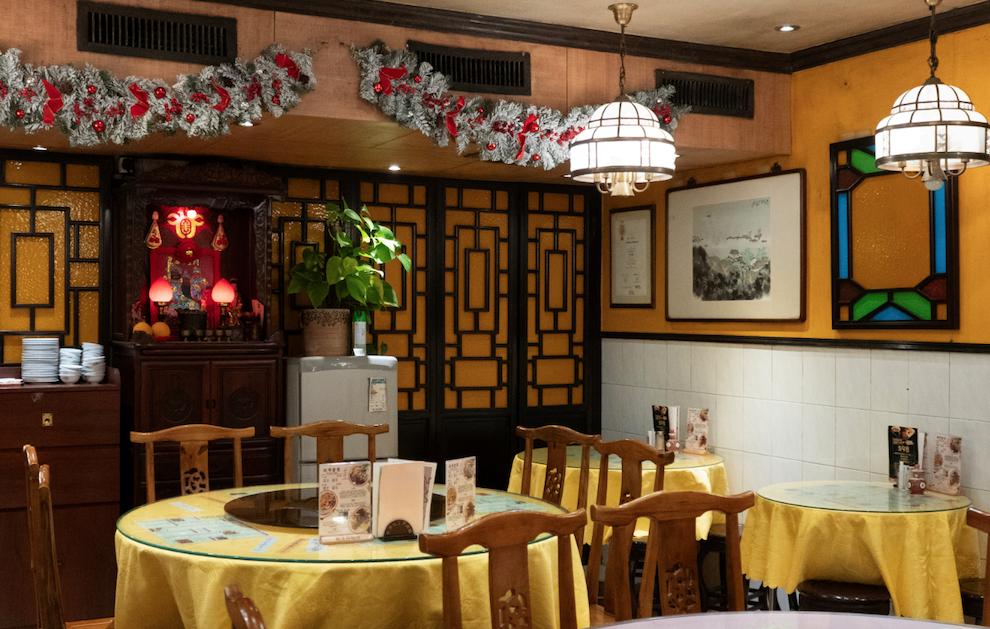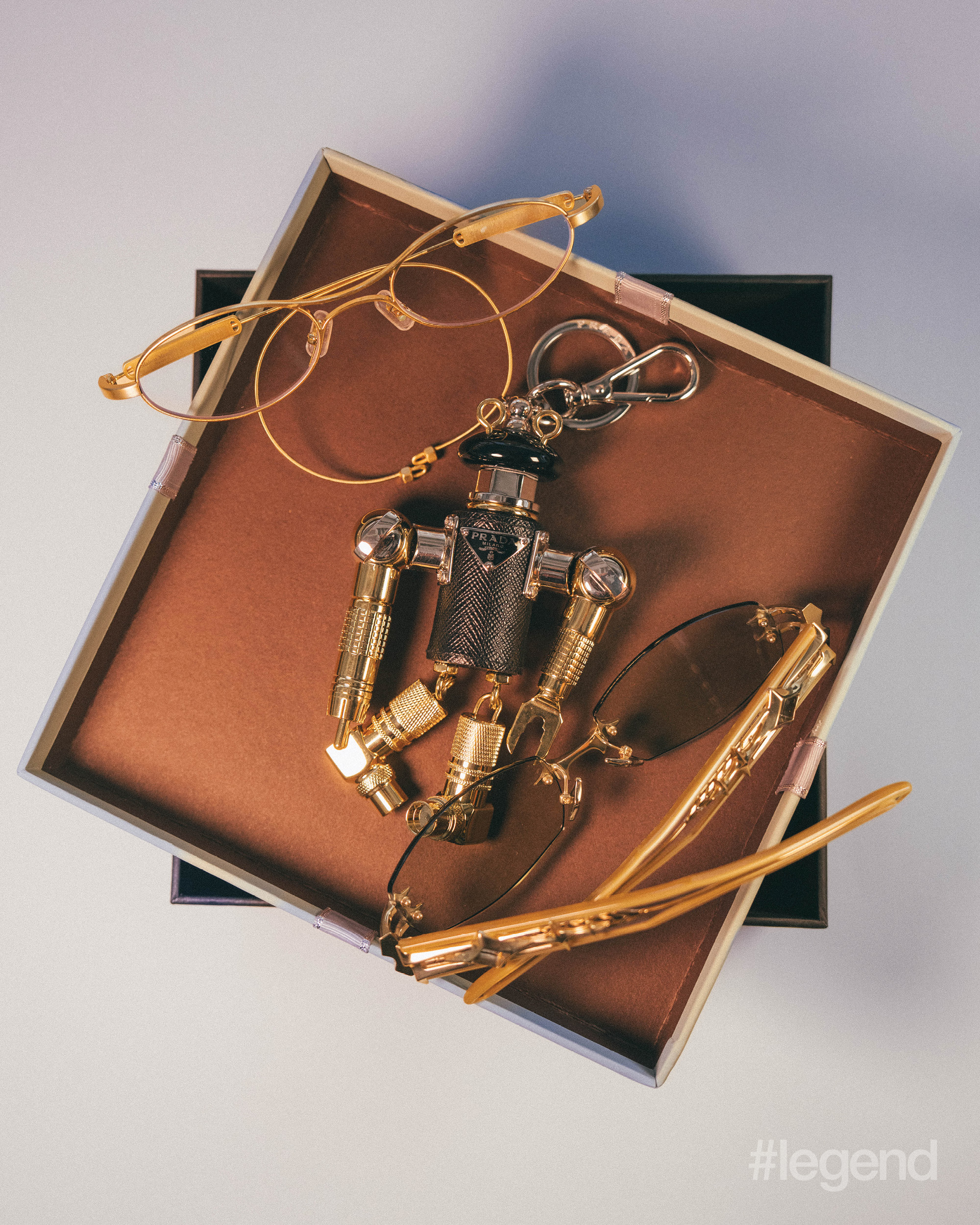Having been in business for 130 years, Ser Wong Fun is not only one of Hong Kong’s oldest restaurants but also its most venerated snake soup master. In the spirit of the Year of the Snake, fourth-generation owner Gigi Paulina Ng talks to Stephenie Gee about tradition, innovation and why stubbornness is a virtue
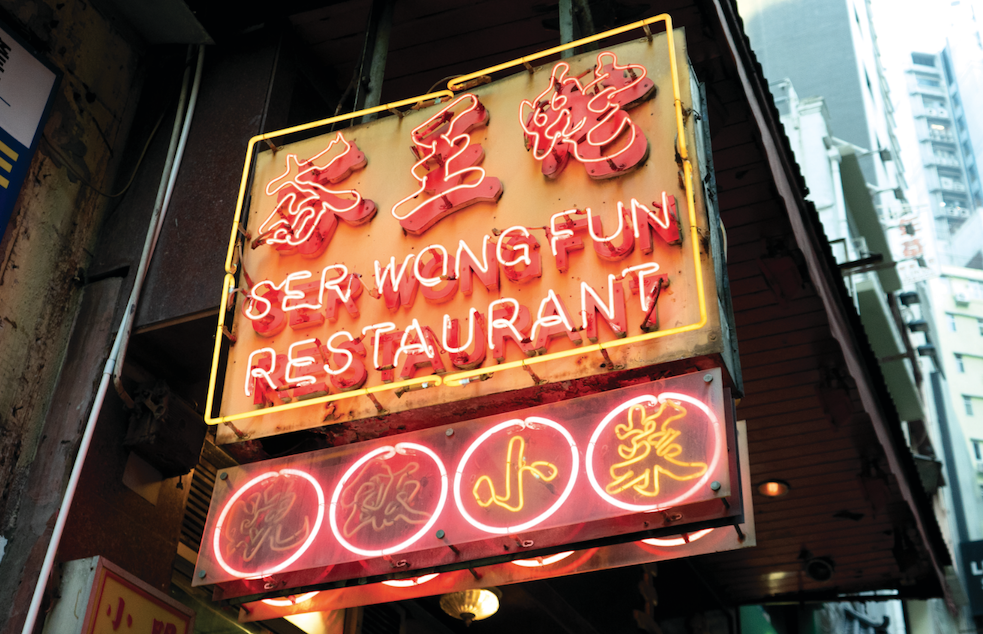
Founded in 1895 in Guangdong province and relocated to Hong Kong in 1940, Ser Wong Fun has seen it all, from the Japanese invasion in 1941 and Hong Kong riots in 1967 to the SARS outbreak and COVID lockdowns. It is, proudly, the definition of resilience in this city.

That’s thanks, not least, to the food it serves. The restaurant’s signature is snake soup, a traditional Cantonese winter warmer that began as a luxurious dish only accessible to the upper classes. The time-honoured recipe starts with snake meat, shredded by hand to keep the fibres intact, and bones slowly simmered with chicken, black fungus, sliced shiitake and bamboo shoots to balance out the gaminess of the snake. A slurry is added to thicken the texture and give the soup its signature shine. As toppings, finely julienned kaffir lime leaves, crispy fried dough and white pepper add brightness and complexity.

Tell us about the history of Ser Wong Fun.
We’re one of the oldest restaurants in Hong Kong. Ser Wong Fun was originally founded by my great-grandparents, who were Chinese medicine practitioners, in 1895 in the Nanhai district of Guangdong province, selling snake and medicinal products like balms to help customers heal and restore their bodies. Then, in 1940, my grandfather and eight-year-old father brought the business to Hong Kong, serving snake soup from a small street stall on Gilman Street in Central. After a few months, the Japanese forces invaded, so my grandfather was forced to close it down and leave for Guangxi. There, my grandfather would catch snakes and supply them to this famous snake restaurant and, over time, he learned to make snake soup himself too.
In 1945, my grandfather returned to Gilman Street, and the business became so popular – he would sell 400, 500 bowls of snake soup per day. The shop was relocated in 1967 to Stanley Street, and literally the day after the grand opening the 1967 Hong Kong riots began. It was on June 4, 1989, the day of the Tiananmen Square incident, that we moved to our current location on Cochrane Street. So it really hasn’t been easy – every time something big happens.

How did you end up taking over the family business? And what are some of the challenges you’ve encountered over the years?
I grew up in Toronto and after I graduated with my MBA, my dad got sick with liver cancer. I’m the youngest daughter and I didn’t have my own family yet, so I came back to help out at the shop so my parents could take some time off and rest. That was in 2000, so it’s been 24 years now. There have been difficult moments. SARS was hard because it was also the lead-up to my father’s final months. COVID, of course, was a big hit for most businesses, but especially F&B. We’re quite a small shop as well, so it was hard with all the capacity restrictions. Currently, the biggest challenge would be the economy. There’s not as many tourists and customers as before, so we’ve had to find other ways to drive the business, like starting our product line, which is now at select supermarkets. There are six items: almond and pig lung soup, snake soup, two varieties of Chinese preserved sausage, turnip cake and ginger rice cake.
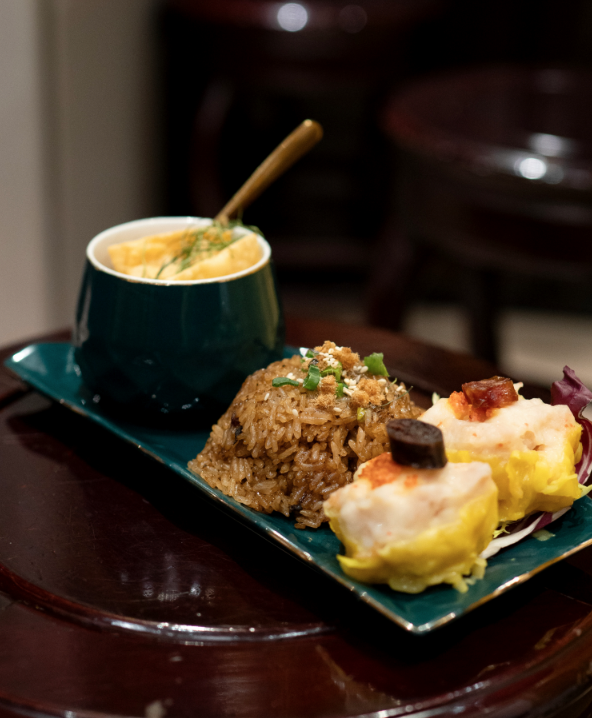
Let’s talk snakes. What types of snakes are used? What are some of the misconceptions you encounter?
Our snake soup is made up of five varieties of snake: Chinese cobra, banded krait, Chinese rat snake, copperhead rat snake and long- nosed pit viper. Some are venomous, some are not, but they have many nutritional benefits. Snakes are packed with amino acids, which are great for beauty because they help to protect your skin.
They’re actually very detoxifying as well. There’s a Cantonese saying that goes, “When the autumn wind rises, three snakes fatten up,” so lots of people think that snake is a “hot” food. But it’s not; it’s actually very mild. It only makes us feel hot because back in the day snake soup was made with a lot of warming medicinal ingredients like angelica, astragalus and codonopsis root. It was also served with clay pot rice or glutinous rice so it felt very rich and heavy.

How do you maintain the restaurant and your family’s legacy while also looking to the future? I know you launched a young line called Four Season Fun Fong in 2020.
When it comes to maintaining tradition, you have to be stubborn. You have to stand your ground. Not everyone likes tradition. Some will think it’s old-fashioned, but those who understand will understand. I think tradition is timeless and it’ll never go out of style. I’ve maybe re- painted the walls of the restaurant a couple times, only because it started to get really dirty, but the décor still has the same classic vintage feel. And all the recipes we use today are the same as back then. Some people say that we should start doing per-person servings or have fancy plating, but I’m very insistent on keeping that old-school, homey, family-style vibe. I want people to come to our restaurant and be able to feel and see and taste our history.
But this doesn’t mean I’m not open to innovation. I’m all for it. That’s why I opened Four Season Fun Fong. It’s catered more to the younger generation and we serve creative spins on our traditional dishes that everyone loves. We also do a lot of collaborations with different chefs and brands. The most memorable one recently would be the one with Pizza Hut, where we launched a snake soup pizza and a Chinese preserved sausage clay pot rice pizza. There was a lot of R+D that went into it – we had to make sure the pizza wasn’t too soupy and saucy, but it still had to have that bisque- like texture of our snake soup. The results were really successful – we sold over 30,000 pizzas in just three weeks. So actually, innovation is important to me because it allows us to reach the younger generation who may not know about Ser Wong Fun or our cultural value. In other words, it helps to sustain our cultural value.
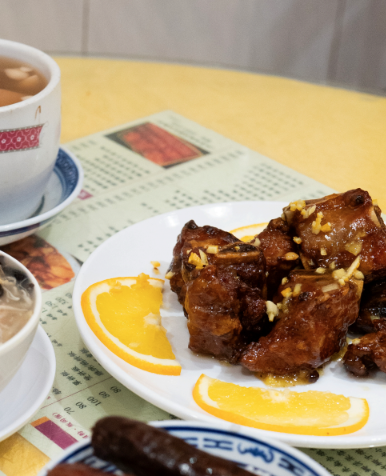
Ser Wong Fun is celebrating 130 years in 2025. What’s next for you and the restaurant?
I was planning a big celebration last year for my mum because she deserves all the glory for our success today. Unfortunately she passed away last year so I’m not quite sure what we’re going to do anymore. Many people say otherwise, but to be honest, I don’t think I’ve done very much. I have yet to unlock my full potential. But I will continue to do my best, as always. I think this year will be a good one. We have many exciting projects in the pipeline and the economy should also be picking up. I think it’ll be better than the last!
